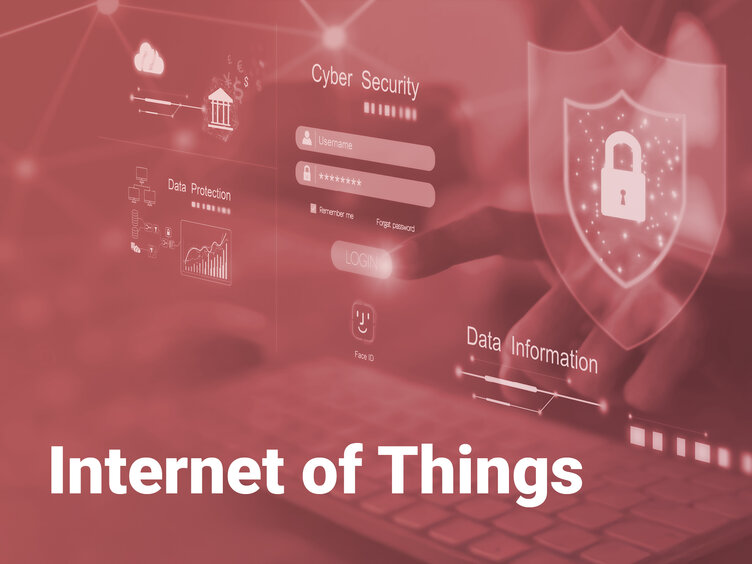Internet of Things (IoT) in the context of software protection and license management systems
The Internet of Things (IoT) refers to the networking of physical devices (e.g., sensors, machines, household appliances) via the Internet to exchange data and automate processes. In the context of software protection and license management, IoT encompasses the security of networked devices and the control of access rights and terms of use via software-based license systems.
Significance and goal in software protection
IoT devices are often targets for cybercrime because they often use weak default passwords, outdated firmware, or unsecured communication channels. The goal is to use combined security and license management solutions to:
- Protect devices from unauthorized access (e.g., via mutual authentication)
- Collect usage data in accordance with licensing requirements (e.g., for pay-per-use models),
- Ensure compliance with global standards such as the EU RED Directive from August 2025.
Important elements
| Component | Description |
| Device authentication | Certificates and mutual authentication ensure that only authorized devices access networks. |
| Encryption | TLS/SSL for secure data transmission between devices and cloud servers. |
| Remote monitoring | Tools such as Digi Remote Manager® analyze device status and patch security vulnerabilities. |
| Licensing | Flexible management of cloud licenses or usage restrictions (e.g., per location or device group) |
Influencing factors
- Regulatory requirements: From 2025, IoT devices in the EU must comply with the RED Directive – this includes mandatory security updates and reporting requirements for data breaches.
- Licensing models: Subscription-based or device-bound licenses require dynamic adjustments in software asset management.
- Shadow IT: Uncontrolled IoT devices bypass license controls and increase security risks.
Benefits for users and companies
- Cost savings: Precise tracking of device usage can reduce license acquisitions by up to 30%.
- Compliance security: Automated audits avoid contractual penalties from manufacturers such as Microsoft or SAP.
- Scalability: Cloud-based solutions such as Open iT enable the management of millions of connected devices.
Practical example: Microsoft Defender for IoT
Microsoft's OT Site License (as of 2025) protects industrial IoT devices through:
- Real-time monitoring of network activity,
- Automated threat detection using AI
- Licensing per location (100–5,000 devices).
Source: Microsoft Defender for IoT – OT Site License documentation
Conclusion
IoT security and license management will be crucial in 2025 for protecting critical infrastructure and complying with global compliance standards – a must for companies in the connected world.
Author:
Steffen Kätsch
Senior Support Engineer / Consultant License Management
Education: FH Jena
Expertise: License Management Software Licensing Software Protection IT Compliance Digital Rights Management
